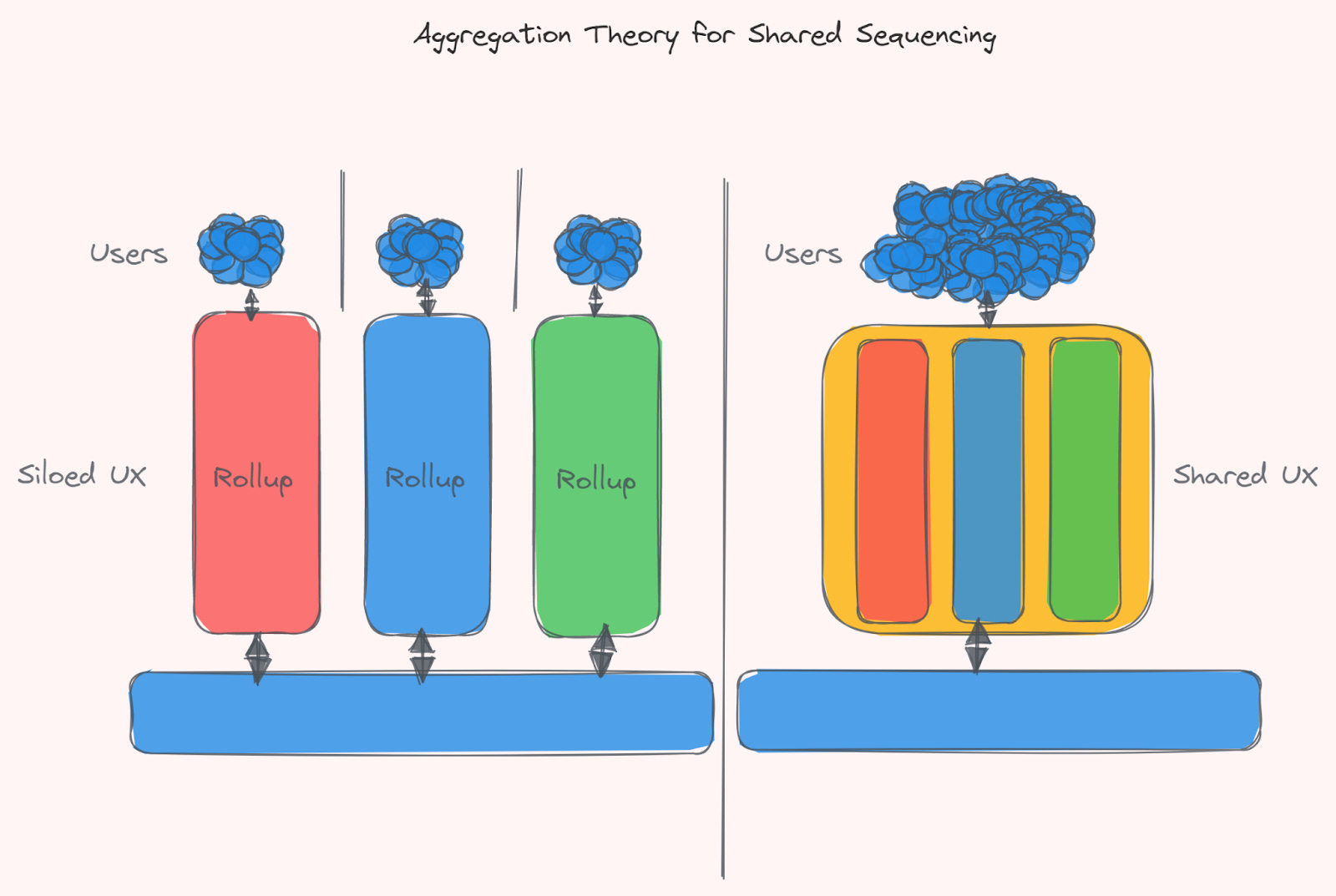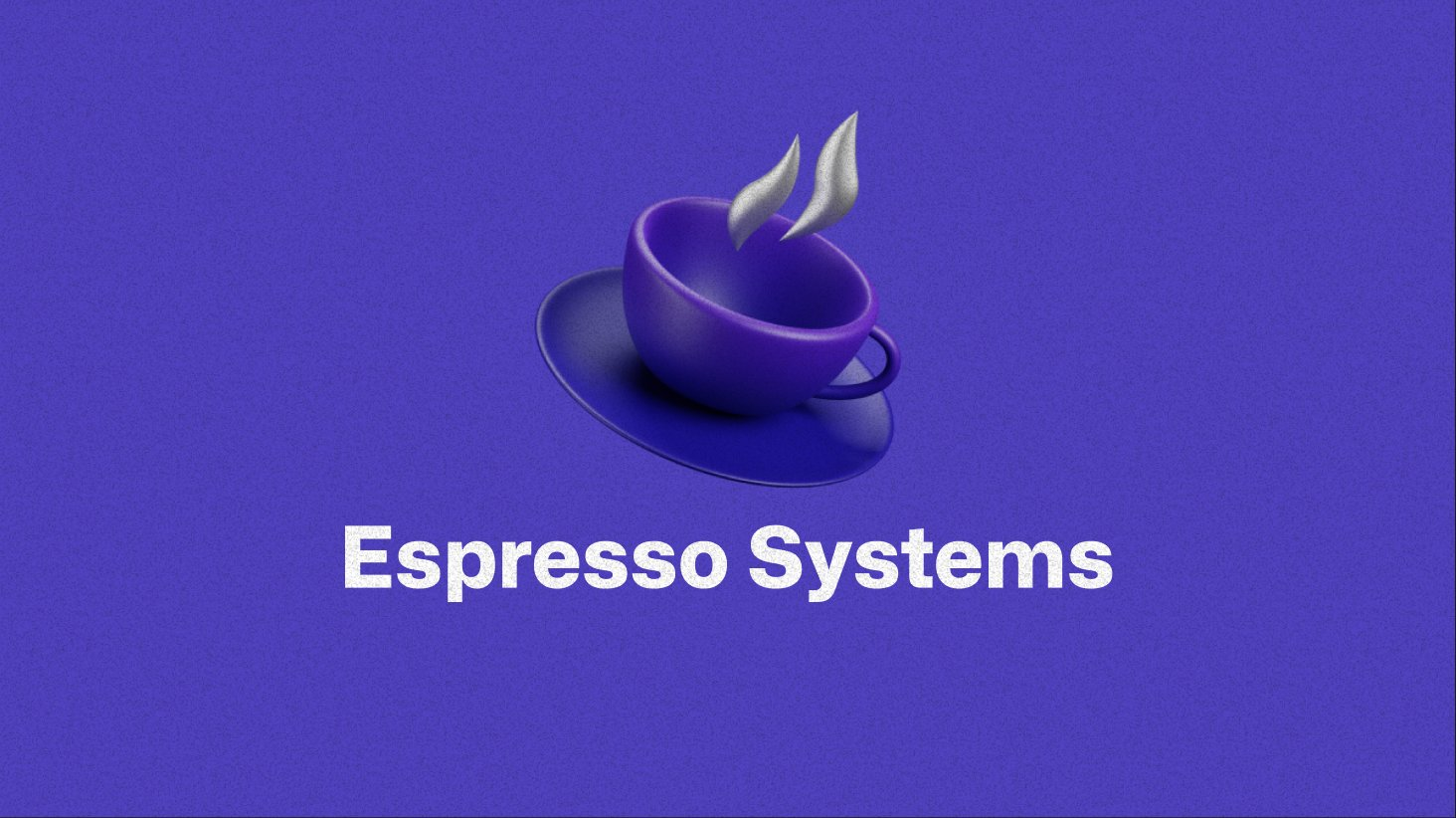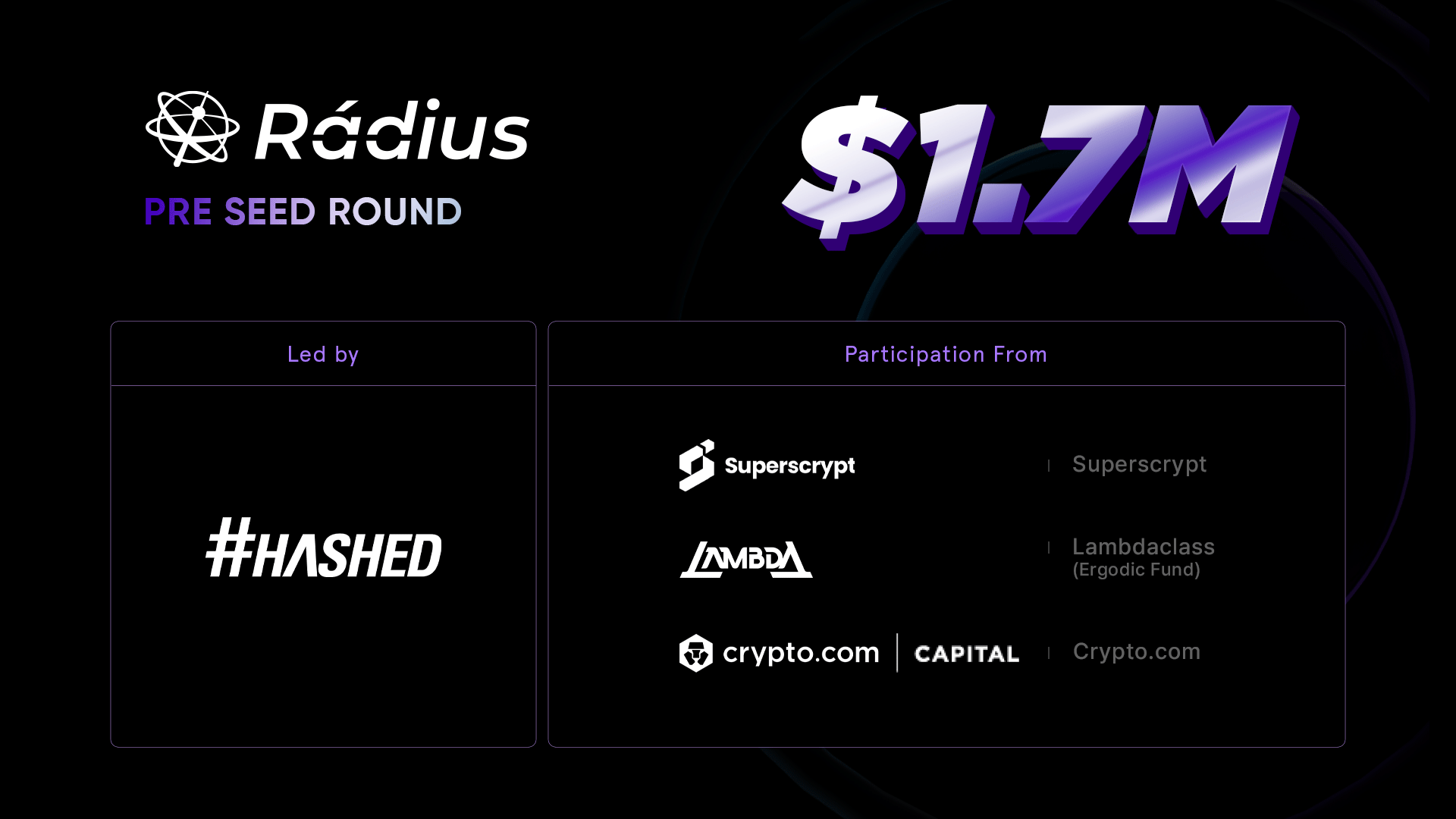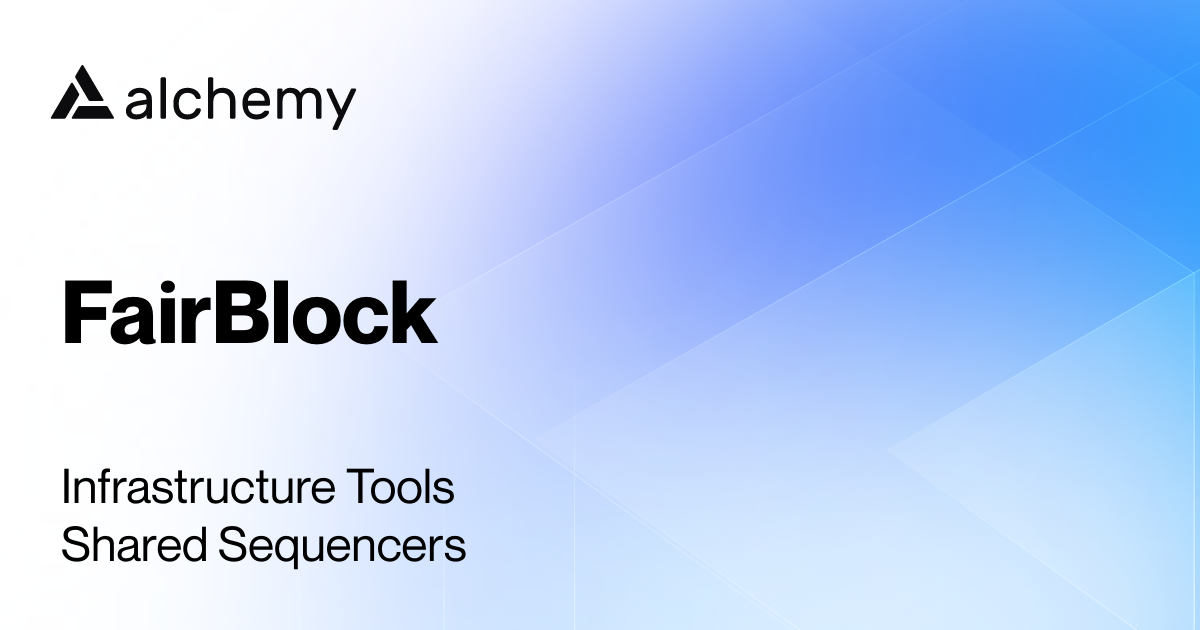Sequencer is one of the most important links in the structure of today’s Layer 2 platforms. However, Sequencer is also a link that makes Layer 2 platforms most susceptible to problems, so let’s find out what the solution is in the article about potential projects in the Shared Sequencer segment below. here it is.
To better understand Shared Sequencer, people can refer to some of the articles below:
- What is Layer 2? Complete Guide to Layer 2 Solutions
- What is Sequencer, Prover? The Role Of Sequencer & Prover In Layer 2
- What is Optimistic Rollup? Overview of Optimistic Rollup
- What is ZK Rollup? ZK Rollup Solution Overview
Sequencer Overview
What is sequencer?
Sequencer roughly translates as Sequencer, whose role in Layer 2 is to select valid transactions to execute (can choose from mempool or with some Layer 2s there will be no mempool and then go in the First Come First direction). Service), collect transactions into a batch, each batch will contain from a few hundred to a few thousand transactions and then send it to Ethereum.
Sequencer plays the most important role in running a Rollup platform in parallel with Proposer and Prover. The role of Sequencer is similar to Validator on Layer 1 platforms, but it is much less powerful.
The role of Sequencer in the Rollup network
Some of the major roles and benefits of Sequencer in operating a Rollup network include:
- Controlling transaction order: Sequencer has great control over the order of transactions in batches.
- MEV Extraction: Through its role of sequencing transactions, Sequencer can profit greatly.
- Synthesizing transactions: Sequencer has the role of synthesizing hundreds to thousands of transactions into a batch.
- Responsible for compression: Sequencer also has the role of compressing batches in the form of calldata.
- Posting: Sequencer must post calldata to Ethereum where the data, if approved, will be permanently stored on Ethereum.
Overview of Shared Sequencer
Current context about Sequencer
Currently, if you look at popular Layer 2 platforms such as Arbitrum, Optimis, Boba Network, zkSync,… all Sequencers are run exclusively by the construction and development team. And in the near future, we will have dozens or even hundreds of different Rollup platforms because building Layer 2 today is easier than ever with available SDKs like OP. Stack, ZK Stack, Starknet Stack,… or Rollup As a Service projects.
However, it also raises a number of potential problems such as:
- Projects will become extremely focused if only using the Sequencer set operated by the development team itself. How can Sequencer be decentralized?
- Rollup platforms will have to communicate with each other through Layer 1, which costs a lot of time and resources.
- Operating a Layer 2 platform from the beginning requires setting up a Sequencer which will take more development time. How can there be a faster and simpler way?
Therefore, the concept of Share Sequencer was officially born. However, not every platform is ready to move towards decentralization of its Sequencer because the main profit of platforms comes from extracting MEV during Sequencer operation, of course, if decentralized, it will be more profitable. This profit will also decrease significantly.
What is Shared Sequencer?

Shared Sequencer can be roughly translated as Shared sequencer is a concept born in the context of many Rollup platforms using the same Sequencer set to arrange, execute, package transactions and send them to Ethereum. .
With Shared Sequencer, one Sequencer can operate many different Rollup platforms, this makes it possible for that Sequencer to directly affect the state (root state) of each Rollup and a new concept is born: Atomic Inclusion. This concept has a huge impact on the interaction between DeFi platforms on different Rollup platforms. However, it also has many technical challenges.
Some of the benefits from Rollup platforms using the same Sequencer include:
- Reduce transaction fees: With many Rollup platforms using the same Sequencer set, the Sequencer always contains maximum transactions and sends them to Ethereum. Operating at maximum capacity makes transaction fees much cheaper because many transactions can be executed at the same time.
- Cross-chain interaction: With Rollup platforms using the same Sequencer, cross-chain interaction becomes easier, more convenient and simpler without needing to interact directly with Ethereum.
Potential Projects in the Shared Sequencer Array
Espresso Systems

Espresso Systems is an All in One Rollup platform that provides many different services for Rollup platforms such as Sequencer, Data Availability or SDKs to help developers easily deploy their own Layer 2. However, Espresso’s strategic product is Espresso Sequencer. Similar to EigenLayer, the network allows validators from Ethereum to participate and can use ETH LST to stake these validators.
What sets Espresso Sequencer apart is that the platform is designed around a HotShot security model and the Espresso DA data delivery mechanism.
Astria

Astria is a project in Celestia’s ecosystem that allows multiple Rollup Chains to share a decentralized Sequencer easily, simply, and anyone can participate. Not only that, Astria provides instant censorship resistance, faster block confirmations, cheaper transaction fees and cross-chain interoperability with Rollup Chains using the same Sequencer.
Astria aims for great goals such as:
- Platforms can quickly operate based on a professional Sequencer without spending too much money on it.
- Decentralize the Rollup Chain today.
- Improved scalability for Rollup Chains including transaction speed and transaction fees.
- Good censorship resistance.
Astria offers the Astria EVM product which makes this Rollup Chian highly compatible with Ethereum. However, this factor does not affect the Astria Sequencer service too much.
Radius

Radius is a trustless shared queuing layer that eliminates MEV (inter-transaction value) and malicious censorship while creating economic value for rollups. Radius implements an encrypted cache enabled by PVDE (Practical Verifiable Delay Encryption), an encryption system based on ZK (Zero-Knowledge).
With PVDE, Radius ensures trustless transaction orchestration to prevent centralized sequencers from cheating, influencing, and censoring user transactions. Radius has successfully called for $1.7M from some famous investment funds such as Superscrypt, Crypto.com,…
FairBlock

Fairblock can be used to protect against front-running, limit applications/private wishes, private voting, preset auctions with privacy stamps, random generation, and censorship-resistant sequencers in the ecosystem Cosmos and soon to Ethereum ecosystem, Modular Blockchain ecosystem such as Celestia, Layer 2s including Optimism, Scroll, Eclipse,… and cross-chain protocol infrastructure and applications (Axelar, Squid) to protect content of transactions before implementation.
It can be said that with Fairblock, the Shared Sequencer service is just one of the services that the platform provides in an ecosystem of different services.
Summary
Above are potential projects in the Shared Sequencer industry in the near future as the Layer 2 market is increasingly exploding. Hopefully through this article, everyone can understand more about what a Shared Sequencer is?


